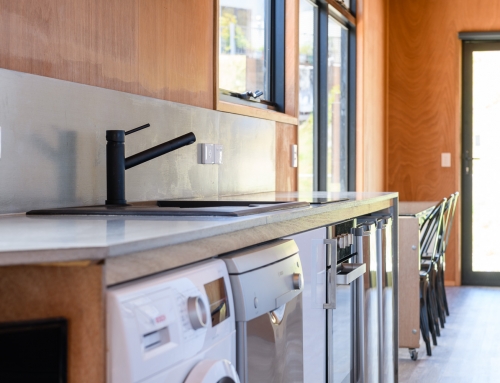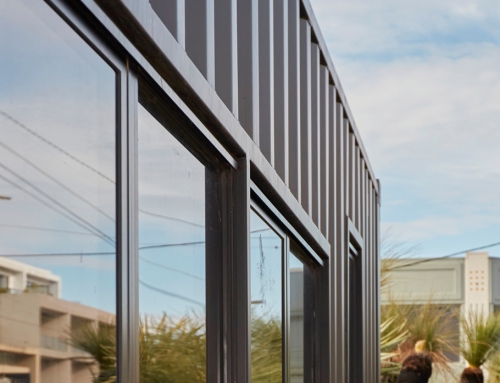In recent times, housing trends have significantly changed. People are looking for efficient and smart living options, which has led to the growing popularity of alternative housing, like small and tiny homes. This popularity has given way to several TV shows, videos and interviews of those who decided to downsize their house. While this might look tempting, and the thought of owning a small-sized home might appeal to you, knowing the difference between a small house and a tiny house is essential. Though the terms small and tiny homes are often used interchangeably, there are notable differences between the two. Understanding these differences can help you choose the right option.
What Is A Tiny House?
A tiny house is a home that is typically less than 400 square feet and is built on a trailer. Typically designed to be mobile, with the intention of being easy to relocate, tiny houses can also be designed to be stationary, given the owner’s preference however there are legal considerations for those trying to get around having to build to code and get permits. These homes are popular with people who are looking to adopt a minimalist lifestyle or go off grid.
Some of the characteristics of a tiny house are:
- Minimalistic design
- Compact and efficient use of space
- Often built with sustainable and eco-friendly materials
- It may feature a loft or multiple levels to maximise space
- Multi-purpose furniture and storage solutions
- Designed to be self-sufficient and function off the grid
What Is A Small Home?
A house that is less than 1000 square feet is generally categorised as a small home. Typically built on a foundation, small homes can be considered to be a ‘smaller’ version of a traditional house and are great for people looking to downsize without going to the extremes of a tiny house.
Small homes focus on highlighting well-thought-out design and functionality rather than focusing on size alone. Small homes may offer potential solutions to the housing crisis in Australia. They are a great, affordable option for first-time homeowners, couples, retirees and small families and are perfect for bush blocks, beach blocks and remote builds.
Some of the characteristics of a small home are:
- It can be designed in a variety of styles and formats
- Efficient use of space and may not be as compact as a tiny home
- Often designed for a specific purpose or lifestyle, such as retirement or vacation homes
- It may feature multi-functional rooms or furniture
- It can be built with sustainable materials and eco-friendly features
What Are Some Of The Differences?
Size And Square Footage
The biggest difference between tiny homes and small homes is their size. While tiny homes are typically less than 400 square feet, small homes can range up to 1,000 square feet. This difference in size impacts how the space is utilised and what additional features can be included.
Mobility
While both homes can be designed to be mobile, tiny homes are often built on a trailer and are intended to be moved easily. In contrast, small homes are often built on a foundation and planned to be more permanent.
Cost
Compared to a small home, tiny homes can be less expensive as they require less space and fewer building materials. However, the cost of a tiny home can vary depending on the materials and features included – one of the other determining factors is that ‘tiny homes’ generally aren’t built to code, so they can get away with cheaper materials, less insulation etc.
Design And Style
While tiny homes often have a minimalistic and modern style, small homes can be built in both modern and traditional styles.
Small homes are usually designed for a purpose, such as retirement or vacation homes. Tiny homes are generally designed as moveable dwellings to be able to get around having to get building permits.
Environmental Impact
Both tiny homes and small homes can be built with sustainable and eco-friendly features like solar power and have the ability to be completely functional off-grid through the use of septic systems and rainwater collection tanks.
Building And Zoning Regulations
Another important difference between small and tiny homes is the building and zoning regulations they are subject to. While small houses have to follow the same codes and regulations as large or regular-sized homes, tiny homes are normally considered ‘movable dwellings’ and as such aren’t held to the same regulations – “A moveable dwelling is any tent, caravan, van or other portable structure used for human habitation.” There are a number of issues with this when used as a permanent dwelling, aside from it being illegal, like it being difficult to finance and insure along with there being questions around build quality, materials and resale value.
What Containered Can Do For You
As prices of land and property continue to skyrocket, we believe that alternative housing like container homes is an option worth considering. If you would like to explore the option, call us at 1300654275 or contact us today. We offer both tiny homes and small homes across Melbourne, Victoria and Australia.







